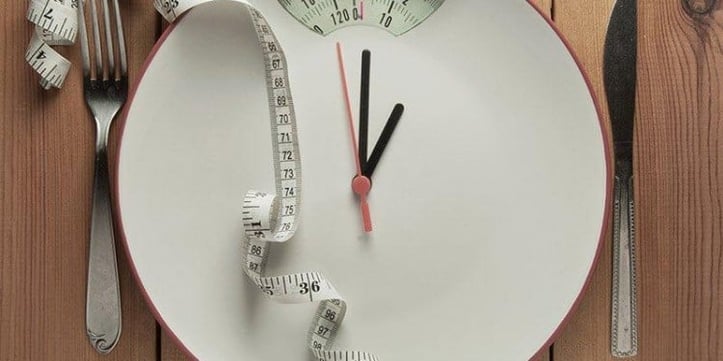
Assessing Fitness Progress: 5 Key Metrics to Track Beyond the Scale
If you’ve ever stared at a stagnant scale after weeks of workouts and meal prepping, you know the frustration: Am I even making progress? The truth? The number on the scale is just one piece of a much larger puzzle. For fitness beginners, intermediate trainees, and health-focused readers alike, relying solely on weight can mask transformative changes in your body and health. Let’s explore science-backed metrics that reveal real progress—no scale required.
1. Body Composition: Muscle vs. Fat (The Metabolic Game Changer)
The scale can’t tell you if you’re gaining muscle (metabolically active tissue) or losing it. According to the American Council on Exercise (ACE), muscle burns 3-5 calories per pound daily at rest, while fat burns just 2-3. This means even a small increase in muscle can boost your metabolism long-term.
- How to track: Use a BIA (bioelectrical impedance) scale, DEXA scan, or skinfold calipers. Aim for healthy body fat ranges: 18-24% for women, 10-18% for men (NIH guidelines).
- Pro tip: A client of mine, Mark, saw his weight stay the same for 6 weeks—until a DEXA scan revealed he’d lost 4 lbs of fat and gained 4 lbs of muscle. That’s progress!
2. Circumference Measurements: The Shape of Success
Your waist, hips, and thighs tell a story the scale can’t. For example, a 2-inch reduction in waist circumference often signals fat loss, even if weight hasn’t budged.
- How to measure: Use a soft tape measure. Take readings at the narrowest waist point, fullest hip point, and mid-thigh (same time of day, post-workout).
- Why it matters: NASM notes that visceral fat (around organs) is linked to health risks—so a shrinking waistline is a win for longevity.
3. Fitness Performance: Can You Do More?
Strength, endurance, and mobility gains are tangible proof of progress. If you:
-
Lift 10% more weight in squats
-
Run a 5K 2 minutes faster
-
Touch your toes without straining …you’re stronger, fitter, and healthier—regardless of weight.
-
Try this test: Time how long you can hold a plank, or count how many push-ups you do in 1 minute. Retest every 4 weeks.
4. Recovery & Vital Signs: Your Body’s Feedback Loop
Progress isn’t just about what you do—it’s about how well you bounce back. Key indicators include:
- Resting heart rate: A lower RHR (normal: 60-100 bpm) often means better cardiovascular fitness (Harvard Health).
- Sleep quality: Do you fall asleep faster? Wake up energized? Improved recovery supports muscle growth and fat loss.
- Cortisol levels: Chronic fatigue or cravings may signal high stress hormones—adjust workouts if needed.
5. Mental & Emotional Wellbeing: The Unseen Wins
Fitness isn’t just physical. Studies show regular exercise boosts mood by 20% (NIH) and reduces anxiety. Ask yourself:
- Do you feel more confident in your clothes?
- Is daily activity (carrying groceries, playing with kids) easier?
- Has your stress level decreased? These “soft” metrics are often the most meaningful.
Why One Size Doesn’t Fit All
- Muscle builders: Prioritize strength gains and lean mass (even if weight rises).
- Fat loss seekers: Track waist circumference and energy levels over scale numbers.
- Older adults: Focus on balance (try standing on one foot for 30 seconds) and grip strength—key for independence.
The Biggest Mistake: Obsessing Over the Scale
I’ve seen clients quit because “the scale didn’t move,” only to later realize they’d gained muscle or lost visceral fat. Remember: Muscle is dense—2 lbs of muscle takes up 20% less space than 2 lbs of fat.
Your Action Plan
Start tracking these metrics today:
- Measure waist/hip/ thigh circumference weekly.
- Test plank time or push-up count every 4 weeks.
- Note sleep quality and energy levels in a journal.
- Get a body fat check (even a $20 BIA scale works!).
Progress is a journey, not a number. Celebrate the small wins—the stronger lifts, the looser jeans, the better sleep. These are the markers of a healthier, fitter you.
So next time you step on the scale? Take a deep breath, then close the app. Your body’s telling you a much bigger story—are you listening?

Fit vs Fat: Decoding Health's True Ruler
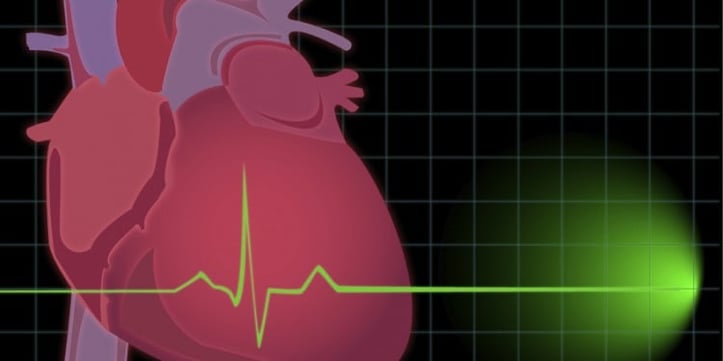
Pump Up Your Heart: Science-Driven Weight Loss

Wellness Technology: Your Path to Sustainable Weight Loss

A Sensible Guide to Dietary New Year's Resolutions
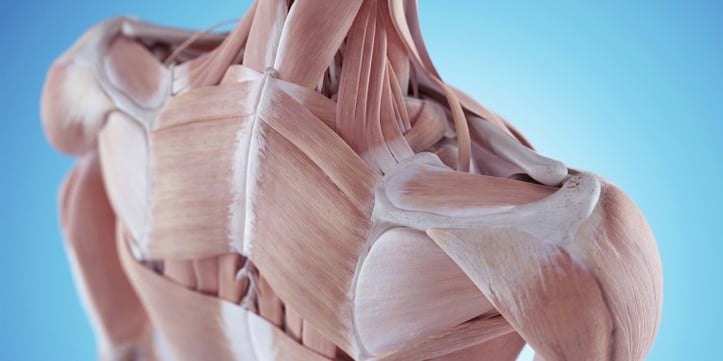
Prevent Shoulder and Rotator Cuff Injuries with Corrective Exercises
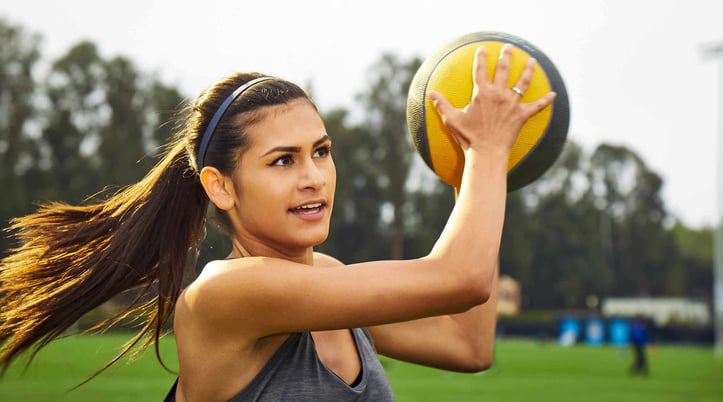
Overcome Fitness Plateaus: 4 Tips for Success

10 x 10 Thanksgiving Day Circuit: A Fitness Guide
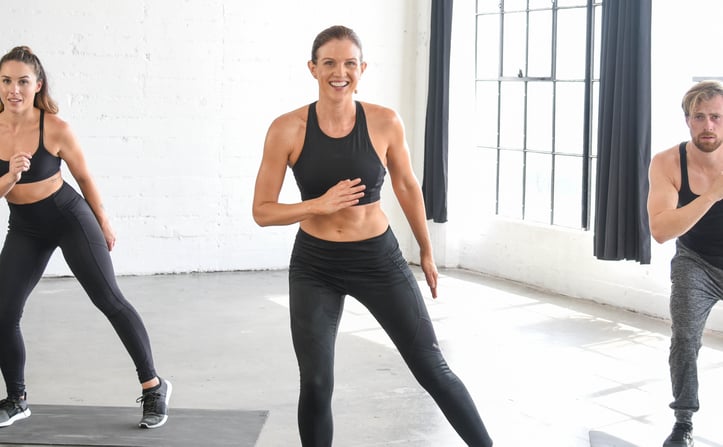
Unleash Your Fitness Potential with Kit Rich's Training Secrets
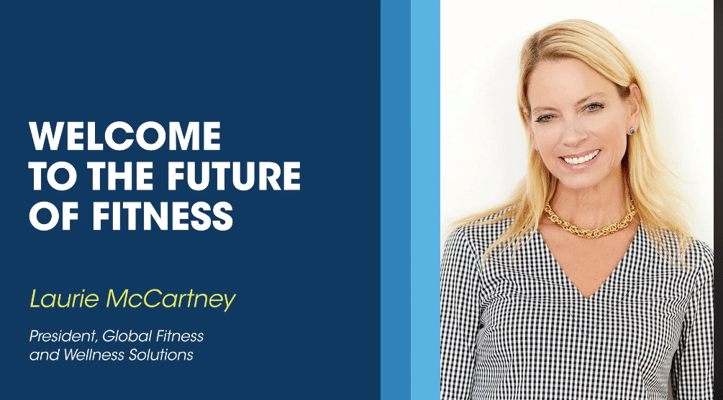
The Future of Fitness: A Guide for Beginners to Intermediates

